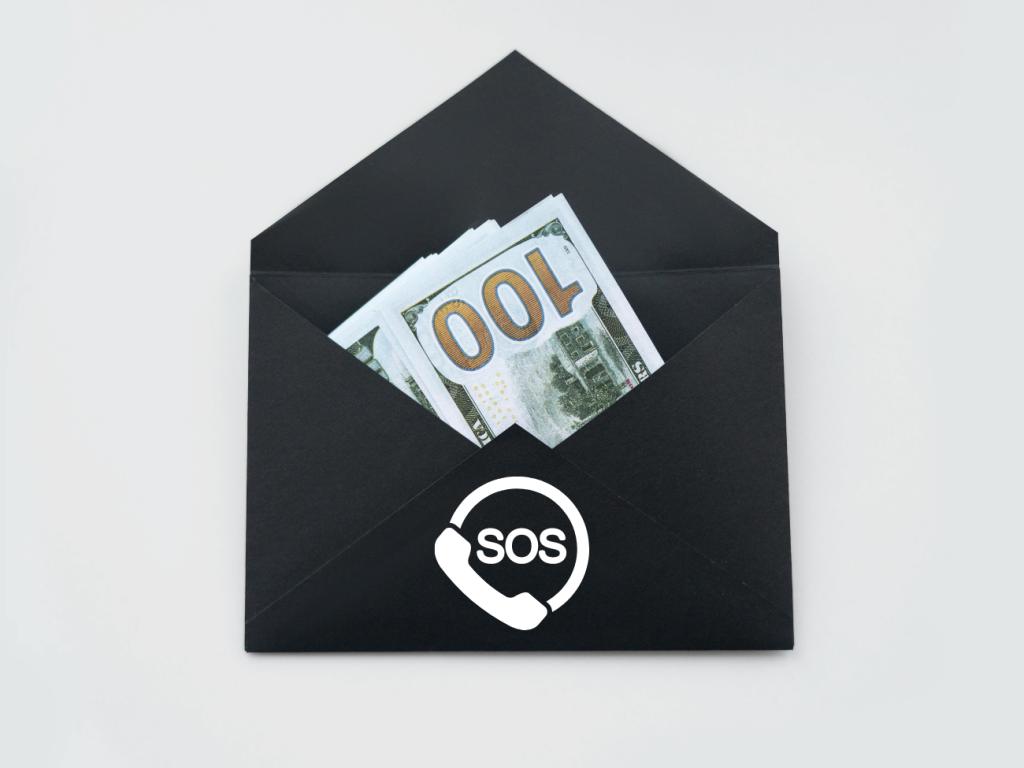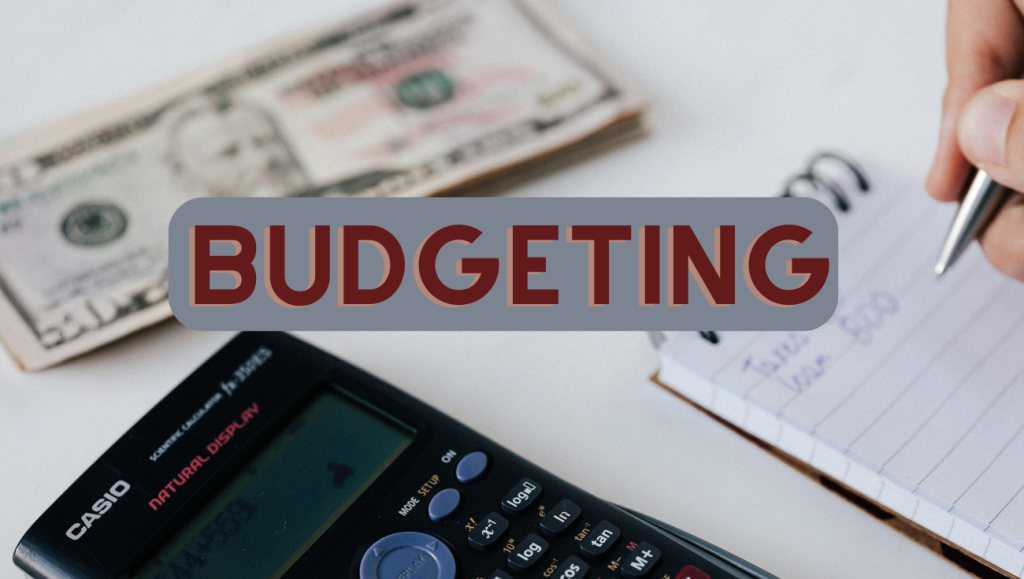An emergency fund is the amount of cash put aside to use in case of emergency, i.e., financial distress or unplanned expenses. It aims to improve economic stability that can be used to mitigate financial uncertainties and to meet unwanted expenses such as car repair, health emergencies, paying off debt, or job loss. They provide a safety net to avoid further dipping into debt and to avoid unforeseen circumstances. Financial experts recommend having savings to cover expenses in case of emergency for almost three to six months. Moreover, individuals should have their savings as emergency funds in most liquid forms for easy access when needed.
How global economy is going to act in 2024?

Why are Emergency Funds Important?
According to FED, 2022 data, 37% US citizens will not be able cover an unexpected 400 dollar expense without on loans. In the situations listed below, someone might need emergency funds as their safety net.
Related: How do people achieve financial freedom?
1. Loss of Job
when someone loses their job unexpectedly, they must have money, such as an emergency fund, in their wallet to cover expenses like utilities, rent, groceries, etc. Furthermore, factors like technological advances, the introduction of AI, and economic uncertainties pose a significant risk to job retention or acquisition. So, having an emergency fund provides a financial safety net to meet essential living expenses while searching for a job.
Related: 8 online careers from home
2. Health Emergencies

Medical emergencies can arise unexpectedly, leading to significant medical expenses. An emergency fund can also be helpful in any medical emergency, like a major accident or an unexpected illness. Otherwise, it will disturb a person’s financial circle. For example, when a person meets with a car accident that results in a broken bone, it may require a substantial amount (it may cost up to $7000 to $8000) to fix a broken bone. In the same way, heart attacks or strokes may occur unexpectedly.
Explore various types of investment markets
3. Unexpected Home or Car Damage Repairs
Cars and homes require regular maintenance, but unplanned repairs can cause financial problems. Whether it’s a big car or a bad roof, unexpected expenses can impact your budget and cause financial turbulence. The emergency fund guarantees the safety of these assets by providing the funds needed to perform these repairs promptly. For example, sudden damage to the car may impact the financial circle as it requires a sizeable amount of money to repair it.
4. Avoiding Debt
Emergency funds can also help avoid debt. People may borrow or use a credit card to pay off emergency expenditures without emergency funds, leading to increased debt and long-term financial difficulties. Emergency funds provide financial resources for emergencies and help prevent getting into debt. The best way to avoid debt is to save some money from disposal income by making a savings account, especially for precautionary motives.
5. Rebuilding after Natural Disaster
Natural disasters such as hurricanes, earthquakes, or floods can cause significant damage and displacement, resulting in catastrophic results. These sudden events can impact financial stability and hence disturb financial position. For this, it is imperative to have emergency funds that provide resources to repair or replace damaged property, cover the cost of temporary shelter, and meet immediate needs after a disaster.
Related: Economic impacts of climate change
How to Set Up an Emergency Funds?
Setting up an emergency is a vital step in financial planning. Below are some steps that guide you in setting up.
1. Create a Budget

To save money for emergency funds, create a budget plan to track the areas where your income goes. Decide how much you want to save for your emergency fund. It is generally recommended to save three to six months of living expenses. To create a budget, calculate your monthly expenses, including necessities and debt repayments. Then, calculate your expenses for these payments and save the remaining amount.
Understand aspects of financial literacy
2. Set Saving Goals in Stages
Setting saving goals for an emergency fund is crucial setup in setting up an emergency fund. First, devise a plan for your routine monthly expenses, and then start setting saving goals with smaller and attainable amounts. Then, gradually increase to a certain high level. For example, aim to save 100 USD initially, and once you achieve this, raise your goal to $500.
3. Open a Savings Account
Opening a high-yielding savings account is also essential in setting up an emergency fund. Put your money, which you save as an emergency fund, into a savings account that offers a competitive interest rate and easy access when needed in emergencies. The most important benefit of saving accounts is that they provide emergency funds when needed and allow you to earn extra money in the form of interest rates on the principal amount.
Related: Understand ho banks work? Their types and functions
4. Trimming of Unnecessary Expenses

It is also an essential step in building an emergency fund. It frees up more money to save for emergency funds. Review your budget and find areas where you can reduce expenses. Turn your savings into your emergency fund. Firstly, categorize your expenses and then identify which are non-essential and can be avoided; these are the areas where you can cut down unnecessary expenses.
5. Wait to Spend the Emergency Funds Until it’s an Emergency
Try to set these emergency funds for only emergencies. Make sure to distinguish your ‘plans ‘from emergency funds, as emergencies and plans often do not align.
Note: keep in mind that building an emergency fund takes time, resilience, and discipline, but creating an emergency fund can provide financial security and peace of mind when you’re not thinking about debt or events.
A guide to how to survive inflation
How much should be in the Emergency Funds?
While the $100 emergency fund policy is a good starting point, more is needed to cover most situations. Ideally, your goal should be gradually building an emergency fund to cover at least three to six months of living expenses. This provides solid financial security that can be used to cover unexpected costs such as medical emergencies, car repairs, or unemployment. If you start with $100, consider this your priority and continue to add to your savings over time. Set specific monthly savings goals and get automatic contributions to your budget to help you reach your goals faster. Remember that every little bit counts, and building your emergency fund will provide greater financial security in the long run.
Bottom Line
The importance of an emergency fund cannot be overlooked because it provides a financial safety net to overcome unwanted and unexpected financial challenges. So, building an emergency fund prepares someone for unexpected financial turmoil while empowering them about their future financial needs. In a nutshell, an emergency fund provides a foundation stone for economic stability and lifelong prosperity. Start building emergency funds today; it is a decision you won’t regret.
